16 Gorgeous Indoor Palm Varieties to Refresh Your Home Decor
Indoor palm trees bring a fresh and lively touch to any living space. They add natural beauty and a calming atmosphere to your home. Choosing the right type of palm can enhance your decor without much effort. Some palms are easier to care for and fit perfectly in indoor settings. This article will introduce you to the best indoor palm trees to consider for your space.
This post may contain affiliate links, which helps keep this content free. Please read our disclosure for more info.
Parlor Palm
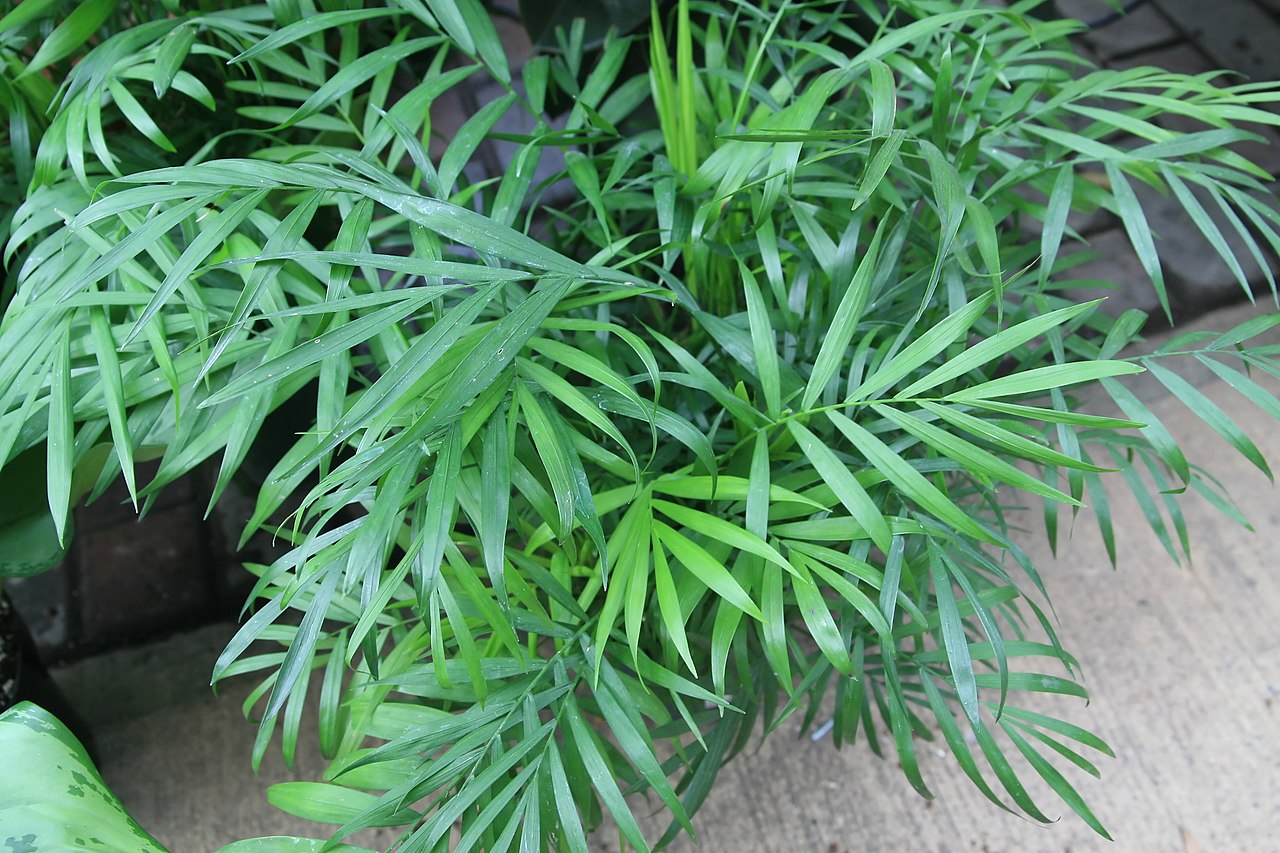
The Parlor Palm is one of the best choices for indoor greenery due to its easy care and elegant look. It thrives in low to medium indirect light, making it ideal for rooms without strong sunlight. This palm usually grows to an average indoor height of 4 to 6 feet. Its slender stems and feathery leaves add a classic tropical touch to any space.
This palm prefers moderate watering and does well in typical household humidity. It can tolerate occasional neglect and still maintain a healthy appearance. The Parlor Palm adapts well to indoor conditions, making it a favorite for beginners. It also helps improve air quality, which is a great bonus.
Majesty Palm
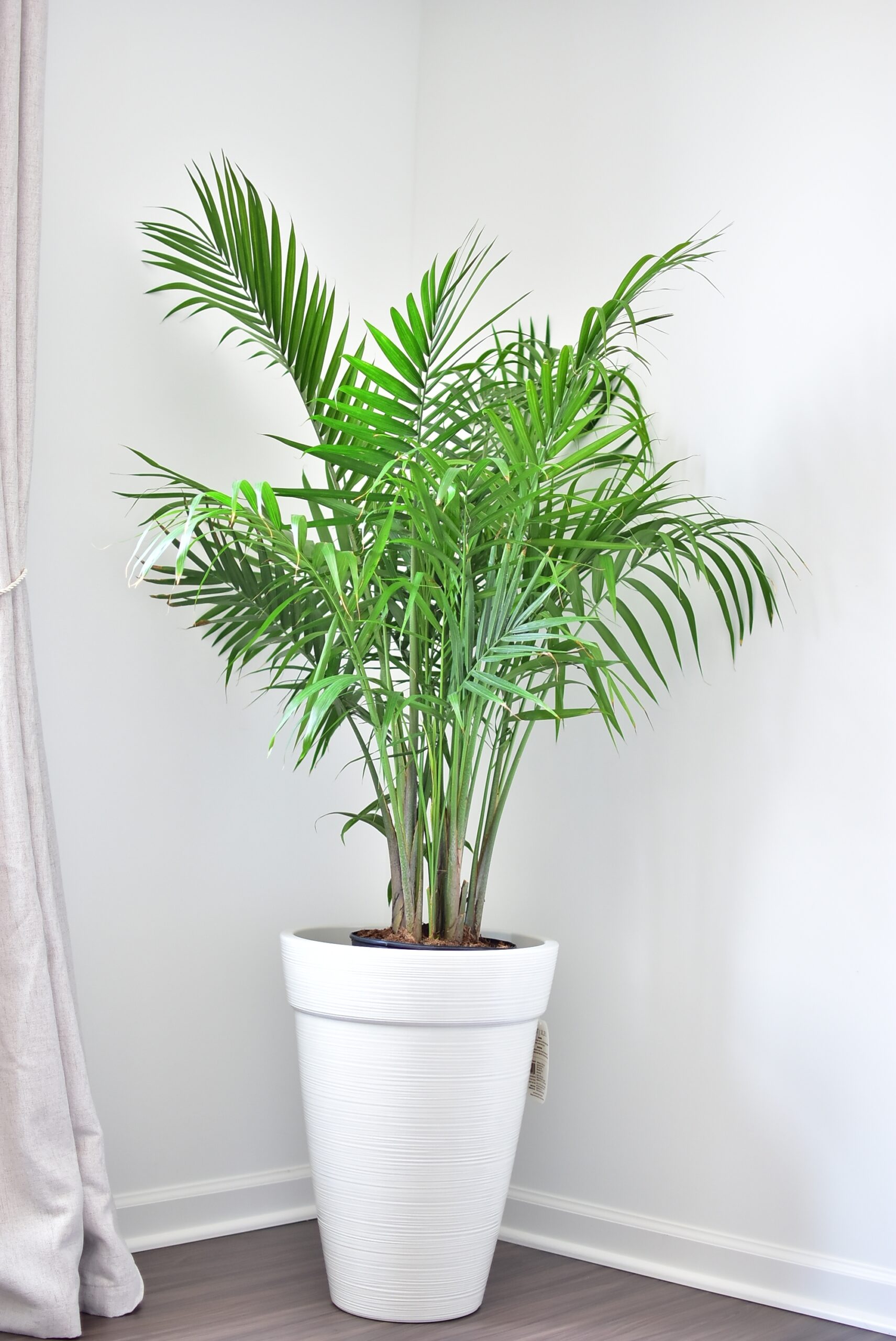
Majesty Palm is popular for its graceful fronds and striking presence in large rooms. It requires bright, indirect sunlight to grow well but should be protected from harsh direct rays. This palm can reach about 6 to 10 feet indoors, making it a statement plant. Its lush, arching leaves create a peaceful and fresh atmosphere.
This species prefers consistently moist soil but should not sit in water to avoid root problems. Majesty Palm thrives in higher humidity levels, so misting or a humidifier can help. It needs more attention compared to some other palms but rewards with its tropical beauty. Regular pruning of old leaves keeps it looking its best.
Ponytail Palm
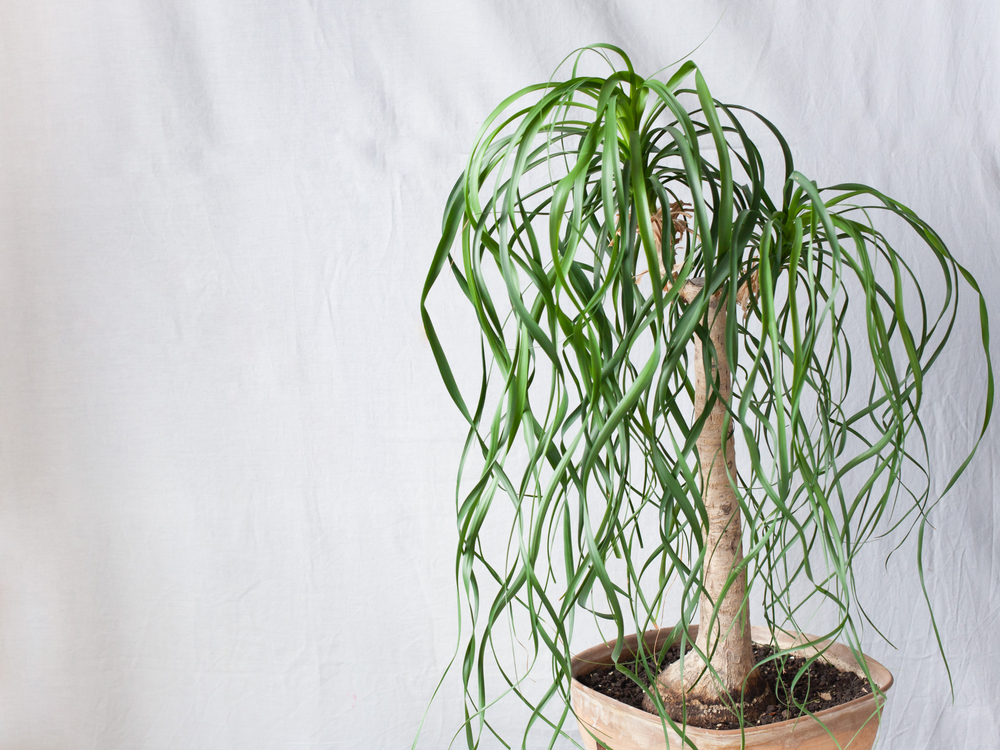
Ponytail Palm is actually a succulent but is often called a palm due to its appearance. It is perfect for bright, indirect light or even some direct sun. Indoors, it stays relatively small, usually 3 to 6 feet tall, and has a unique bulbous trunk that stores water. This makes it very drought-tolerant and easy to care for.
Watering should be infrequent since it stores moisture in its trunk. It is a slow grower, which is helpful for limited indoor space. The ponytail’s curly leaves add a playful look to any room. It is a great option for those who want a low-maintenance indoor palm-like plant.
Bamboo Palm
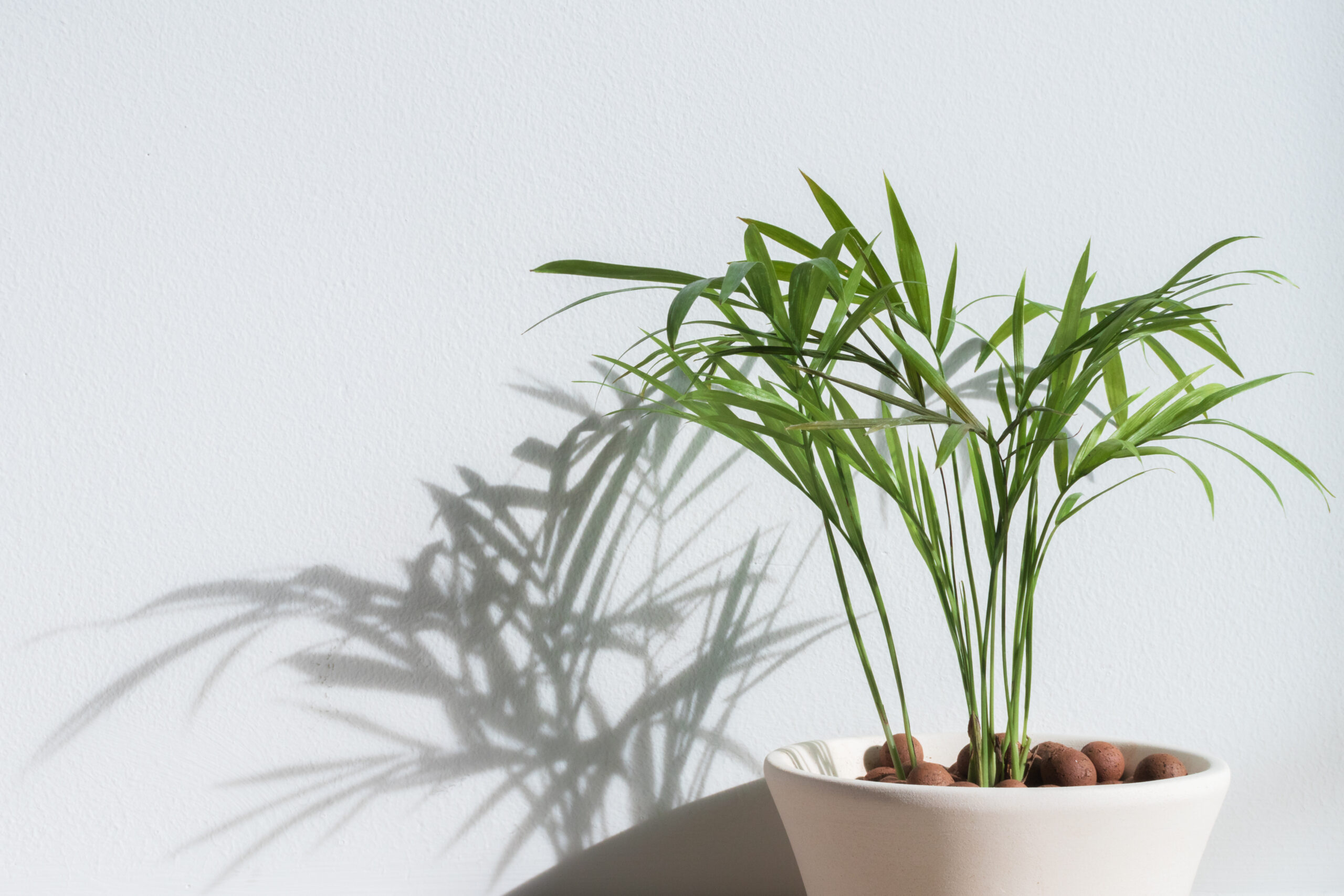
Bamboo Palm is well-liked for its soft, feathery leaves that brighten up indoor spaces. It prefers medium to bright indirect light but can handle some shade. This palm usually grows between 4 and 7 feet indoors. Its bamboo-like stems and dense foliage create a natural, airy feel.
This palm needs regular watering to keep the soil moist but not soggy. It thrives in moderate humidity and will benefit from occasional misting. Bamboo Palm is excellent at filtering indoor air pollutants, making it a healthy addition. It fits well in offices or living rooms where clean air is appreciated.
Fishtail Palm
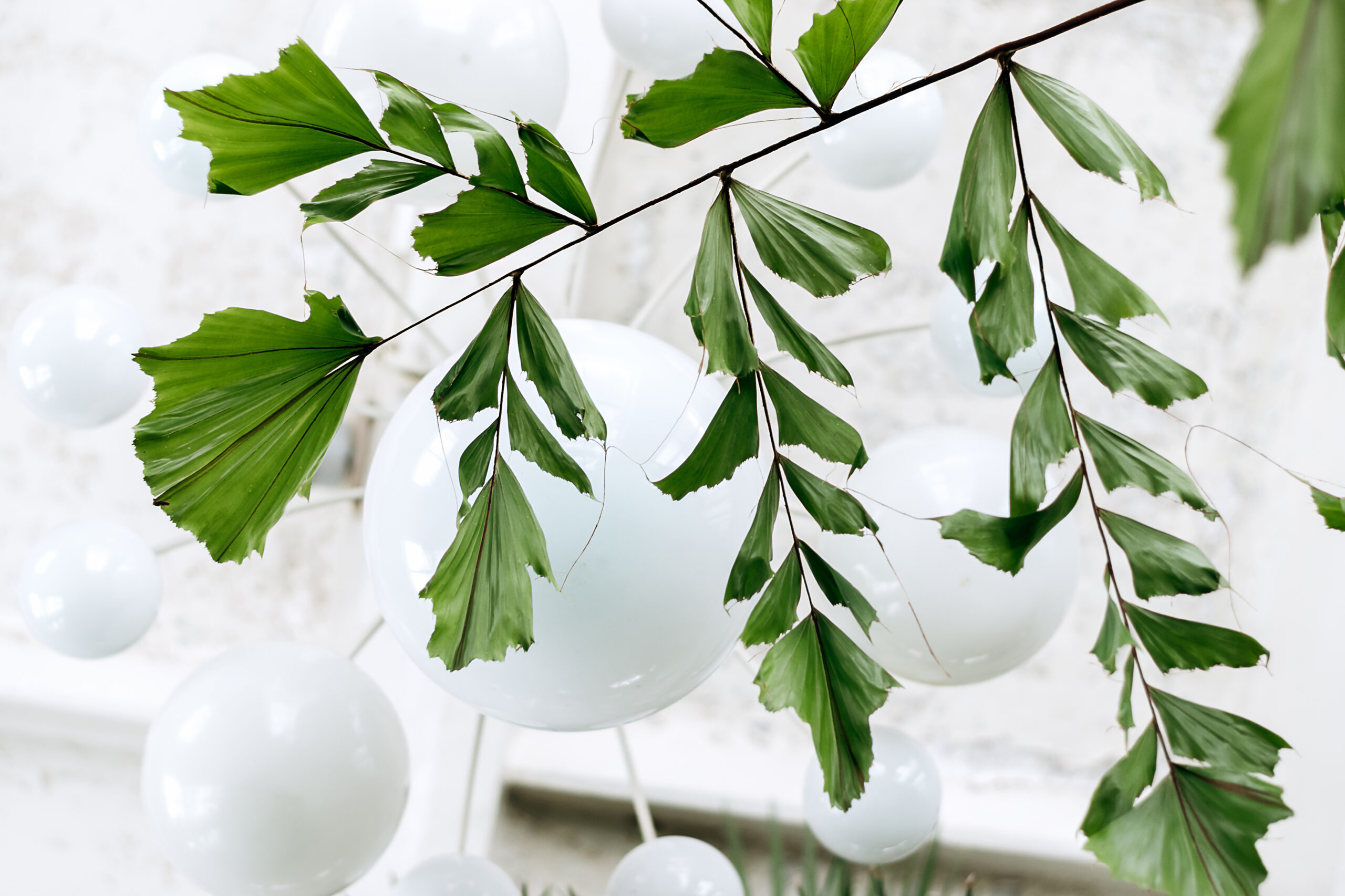
The Fishtail Palm stands out with its uniquely shaped leaves that resemble a fish’s tail. It grows best in bright, indirect sunlight and should be protected from direct afternoon rays. Indoors, it can reach around 6 to 10 feet tall, giving a tropical flair to larger spaces. Its full, arching fronds add texture and interest to room decor.
This palm requires regular watering and well-drained soil to stay healthy. It prefers higher humidity, so adding moisture to the air can improve its growth. The Fishtail Palm does need some care attention but is rewarding for its unusual beauty. Keep an eye out for leaf browning, which can be a sign of dryness or too much light.
Kentia Palm
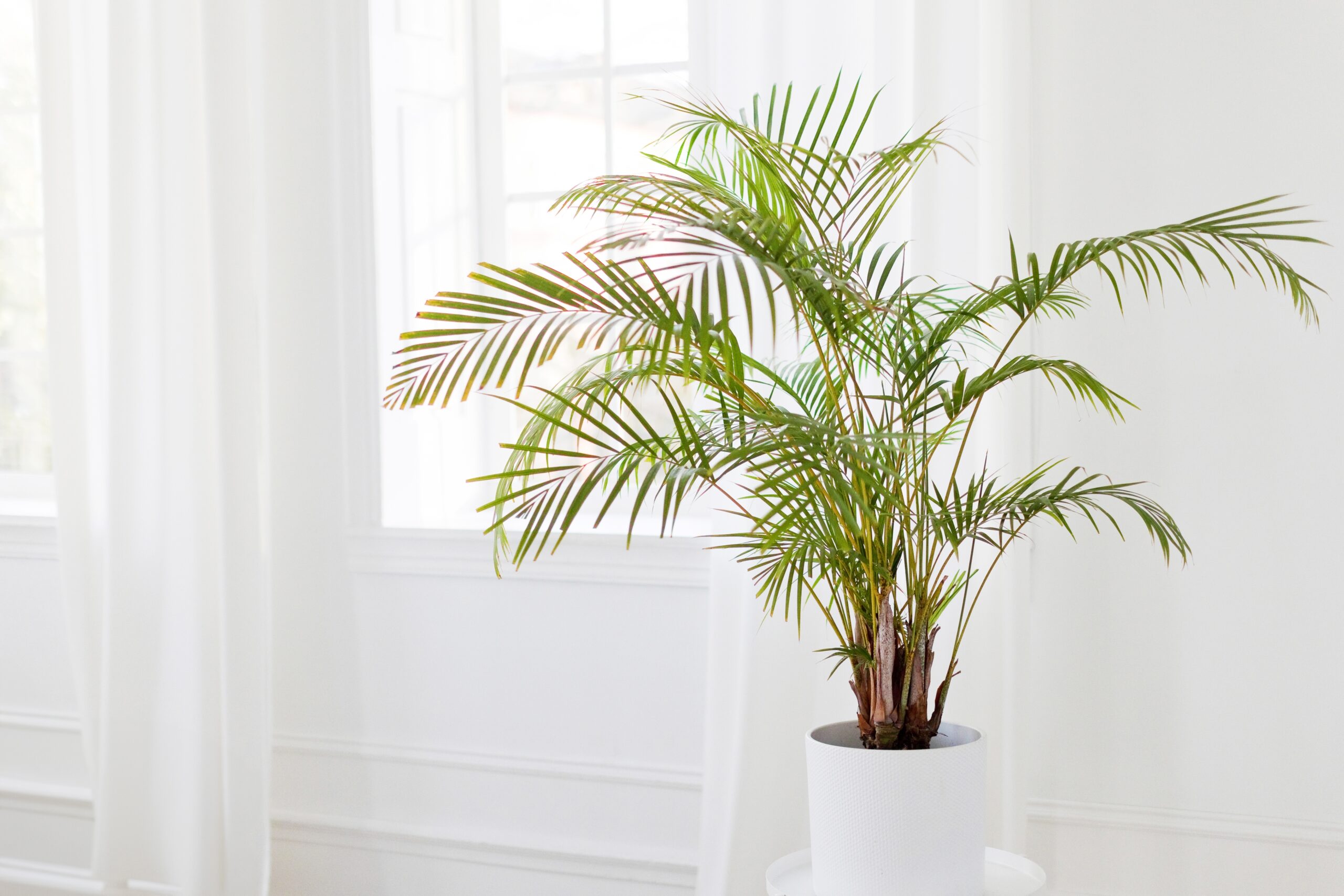
Kentia Palm is a top choice for indoor spaces because of its elegant, drooping fronds and easy care needs. It prefers bright, indirect light but can tolerate low light conditions, making it very versatile. This palm typically grows between 6 and 10 feet tall indoors, adding height without overwhelming a room. Its slow growth allows it to fit nicely in both small and large spaces.
Watering should be moderate, letting the top soil dry out between sessions. Kentia Palm thrives in average household humidity but appreciates occasional misting. It is a hardy palm that adjusts well to indoor environments. This plant is also known for improving indoor air quality.
Areca Palm
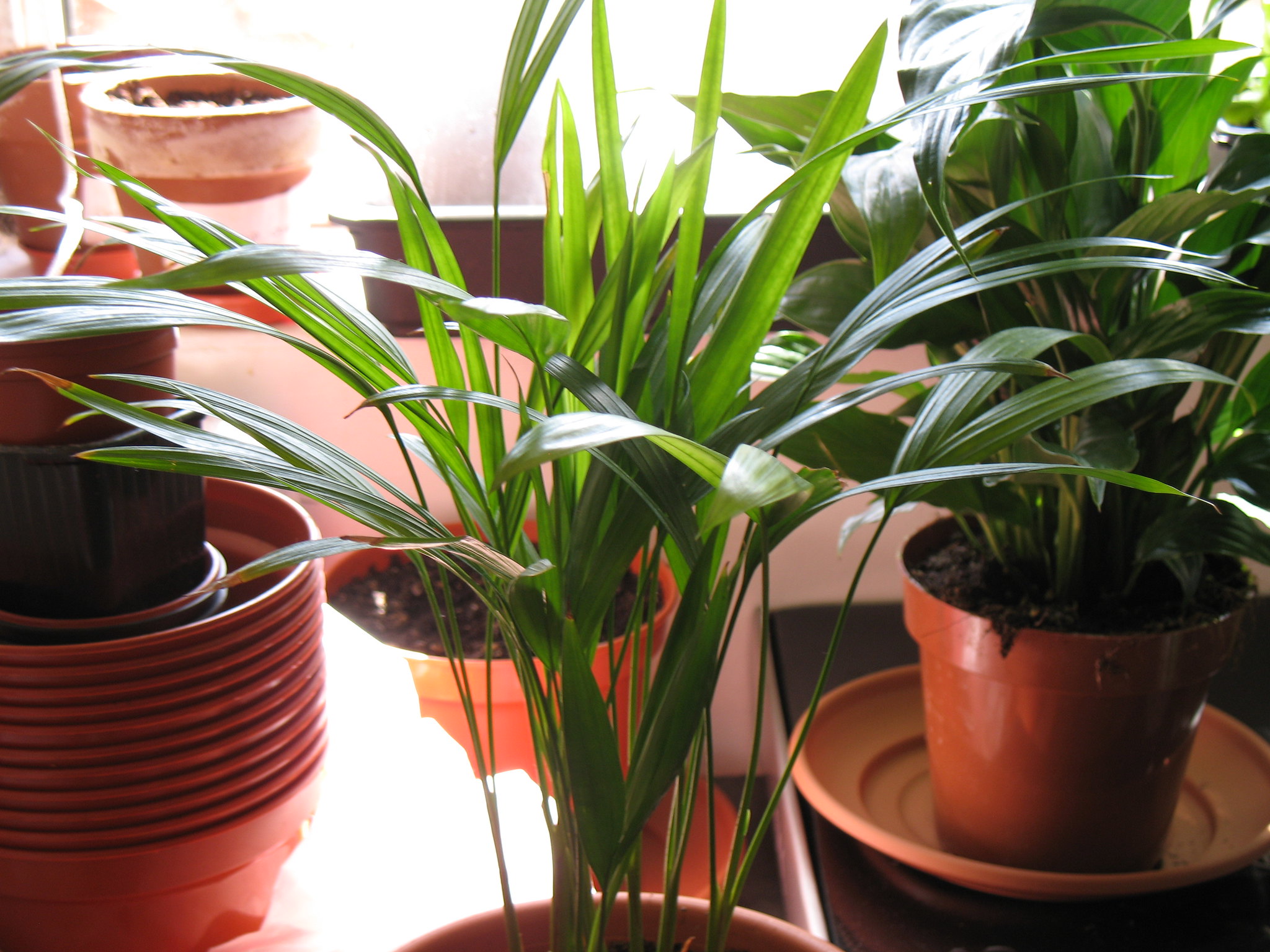
Areca Palm is favored for its feathery, arching leaves that brighten rooms with a soft green glow. It grows best in bright, indirect sunlight but can handle some shade. Indoors, it usually reaches 6 to 7 feet tall, making it suitable for corners or larger spaces. The multiple stems create a bushy, full look that enhances room decor.
This palm requires consistently moist soil but must avoid waterlogging to prevent root rot. Areca Palm prefers higher humidity and benefits from regular misting. It is well known as a natural air purifier, removing toxins from the air. Its cheerful appearance fits well in living rooms or offices.
Lipstick Palm
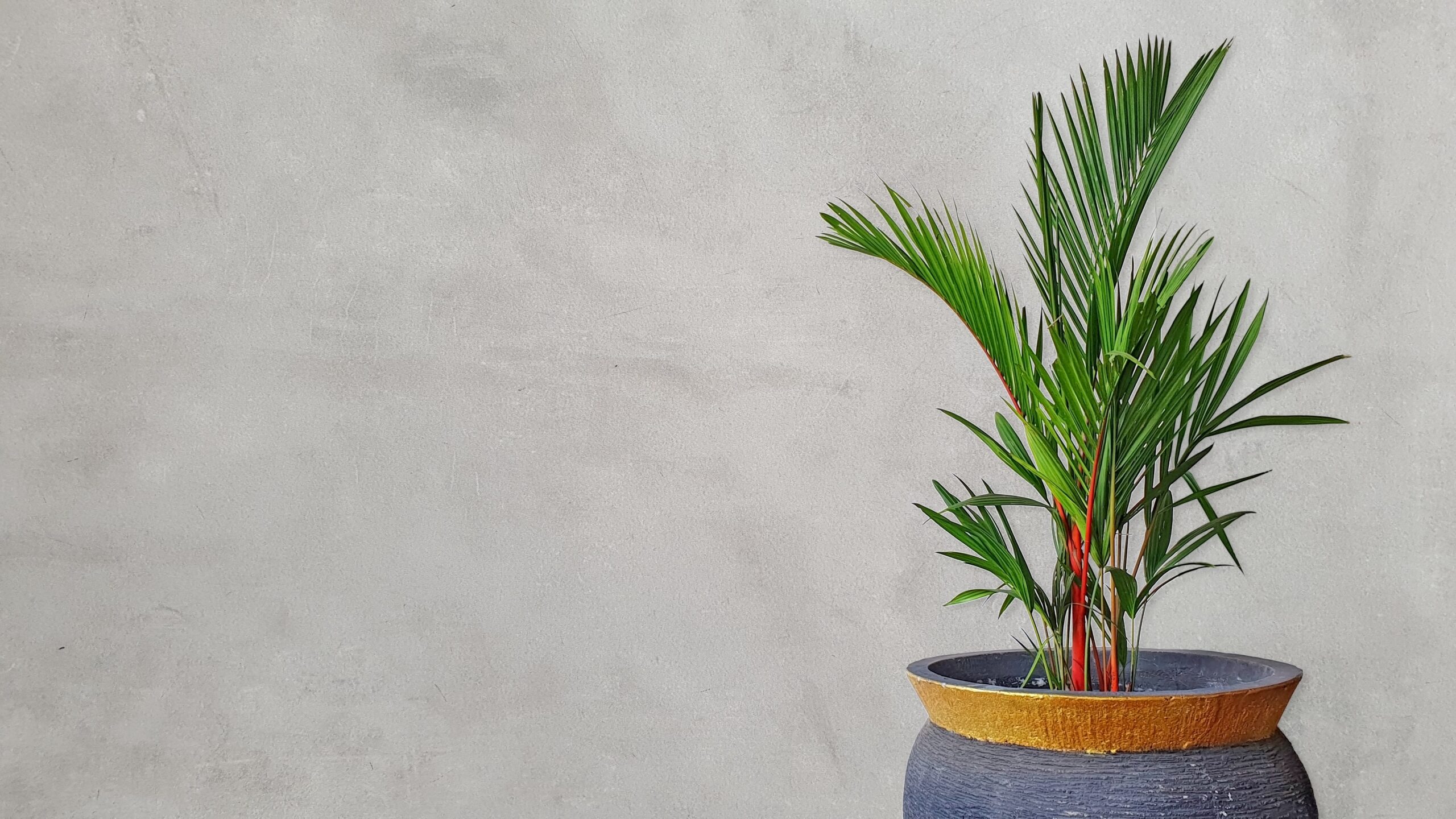
Lipstick Palm stands out with its striking red stems and glossy green leaves. It needs bright, indirect light to thrive indoors, avoiding direct sun that can scorch its leaves. This palm typically grows around 6 to 10 feet tall inside, offering a bold splash of color. Its unique look makes it a conversation starter in any room.
This palm requires frequent watering to keep the soil moist but not saturated. It prefers higher humidity levels, so misting or a humidifier helps maintain its health. Lipstick Palm can be a bit more demanding but rewards with its vibrant appearance. It is best placed where it can get attention for its colorful stems.
Sago Palm
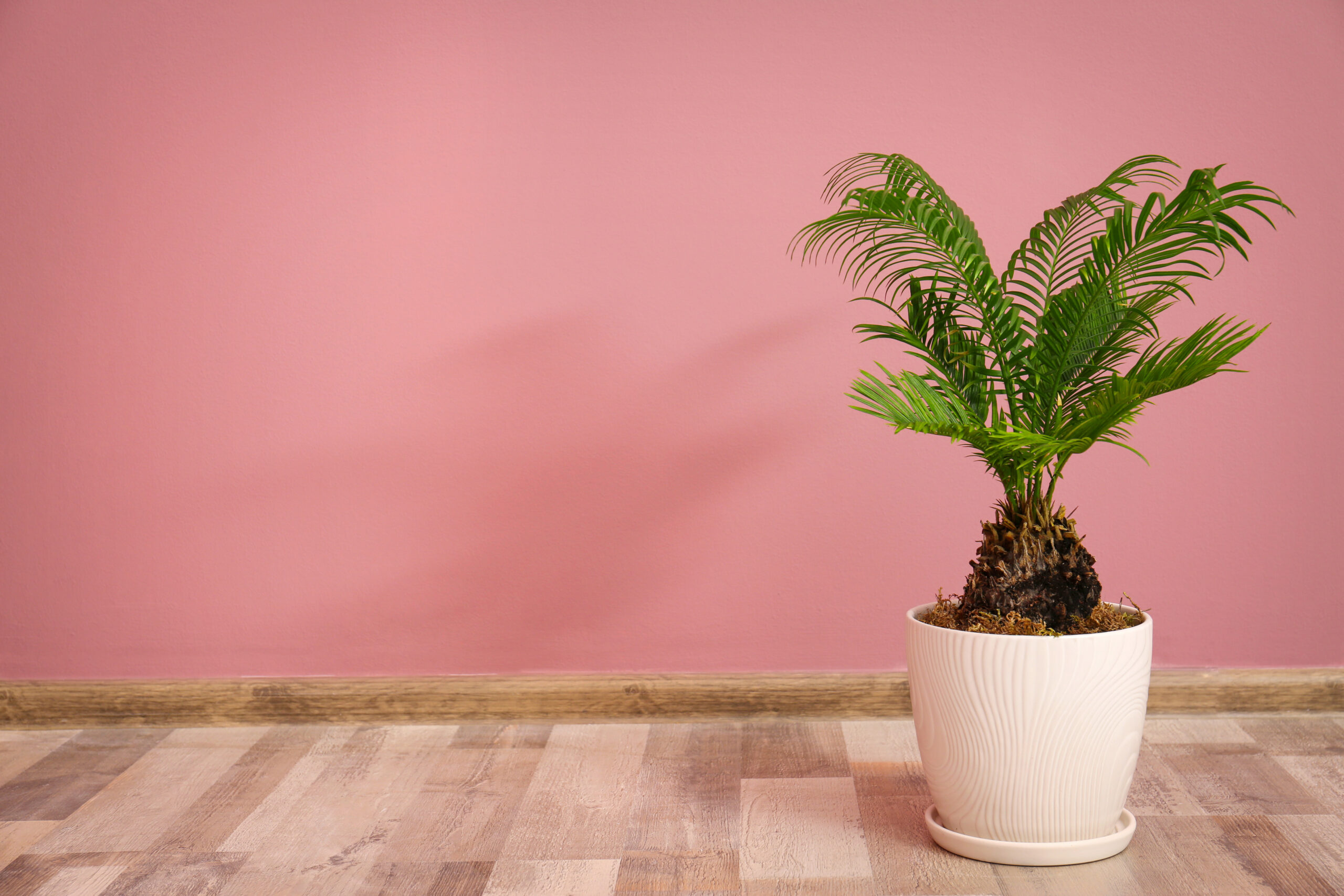
The Sago Palm is actually a cycad, not a true palm, but it is popular indoors for its stiff, feather-like leaves. It prefers bright, indirect light but can tolerate some direct sunlight. This slow-growing plant usually stays between 2 and 4 feet tall indoors, making it a good fit for desks or small corners. Its symmetrical, tough leaves give a sculptural effect to decor.
Watering should be done sparingly since the Sago Palm is drought tolerant and sensitive to overwatering. It prefers well-drained soil and lower humidity than most palms. This plant requires some care to avoid pests but is generally low maintenance. Its distinctive look adds texture without being too large.
Broadleaf Lady
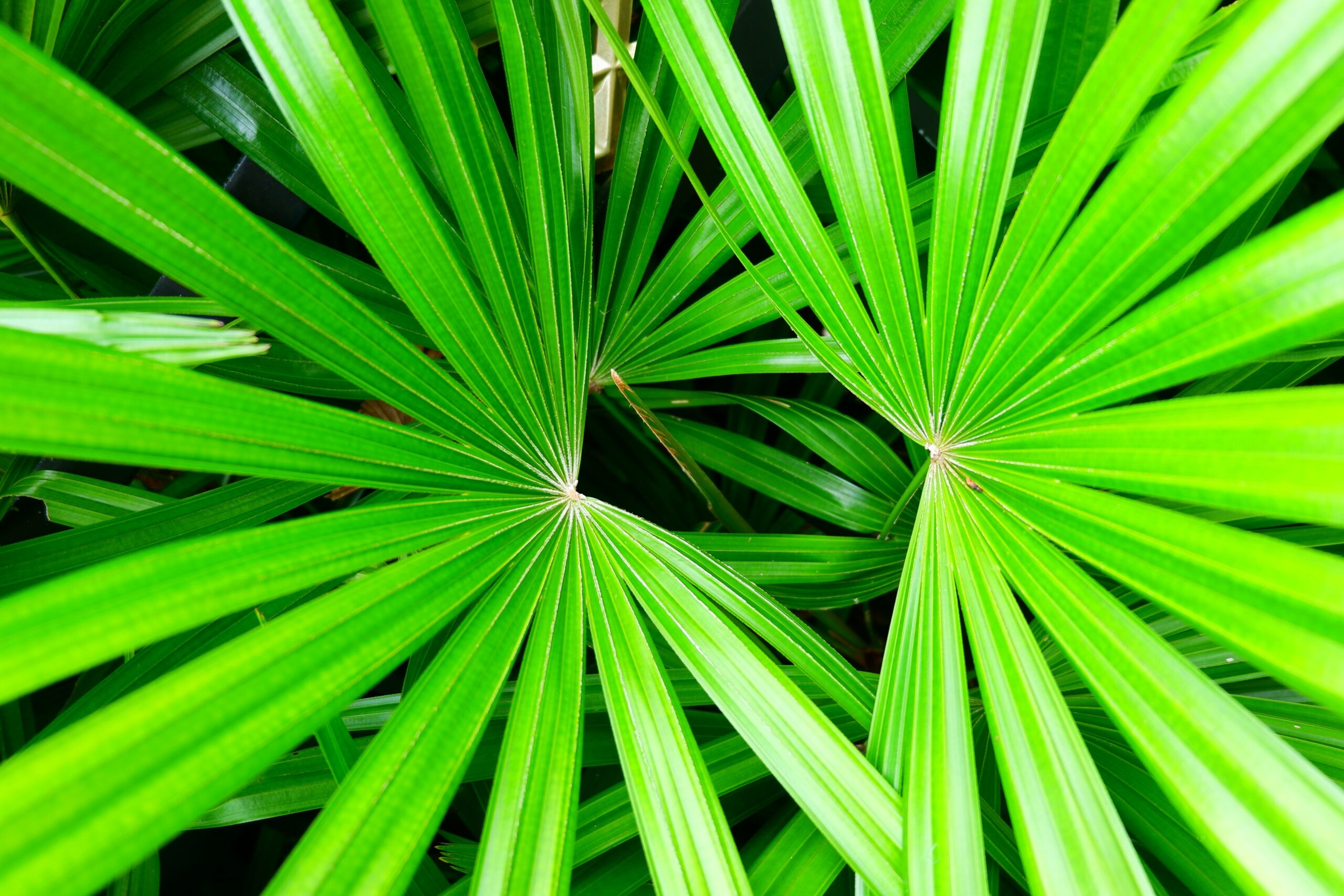
Broadleaf Lady Palm is a graceful and compact choice for indoor greenery. It thrives in low to medium indirect light, perfect for rooms with less natural light. Indoors, it typically reaches 3 to 6 feet tall, fitting well in smaller areas. Its broad, fan-shaped leaves create a lush, tropical vibe.
This palm prefers moist, well-drained soil and moderate humidity. It is tolerant of indoor conditions and does not need frequent watering. Broadleaf Lady Palm is effective at filtering air toxins, making it a healthy indoor option. Its slow growth means it remains manageable over time.
Pygmy Date Palm
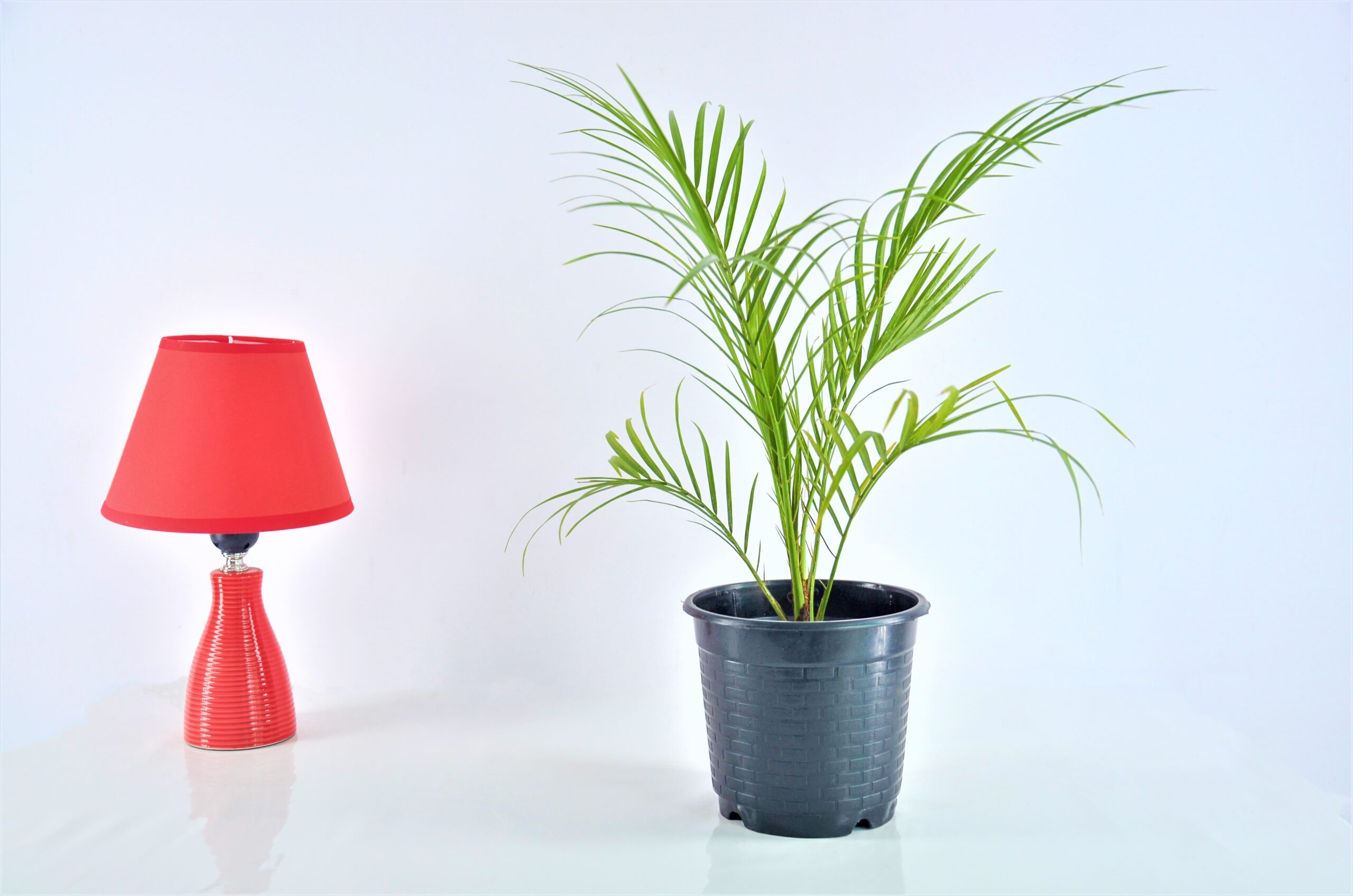
Pygmy Date Palm is a popular indoor choice because of its delicate, feathery fronds and slender trunk. It prefers bright, indirect light but can tolerate some morning sun. This palm typically grows 4 to 6 feet tall indoors, making it suitable for medium-sized spaces. Its graceful arching leaves bring a soft tropical feel to any room.
This palm needs regular watering to keep the soil moist, though it should not be waterlogged. It prefers moderate humidity and benefits from occasional misting. The Pygmy Date Palm is relatively easy to care for and adapts well to indoor environments. It also adds a touch of elegance without taking up too much space.
Metallica Palm
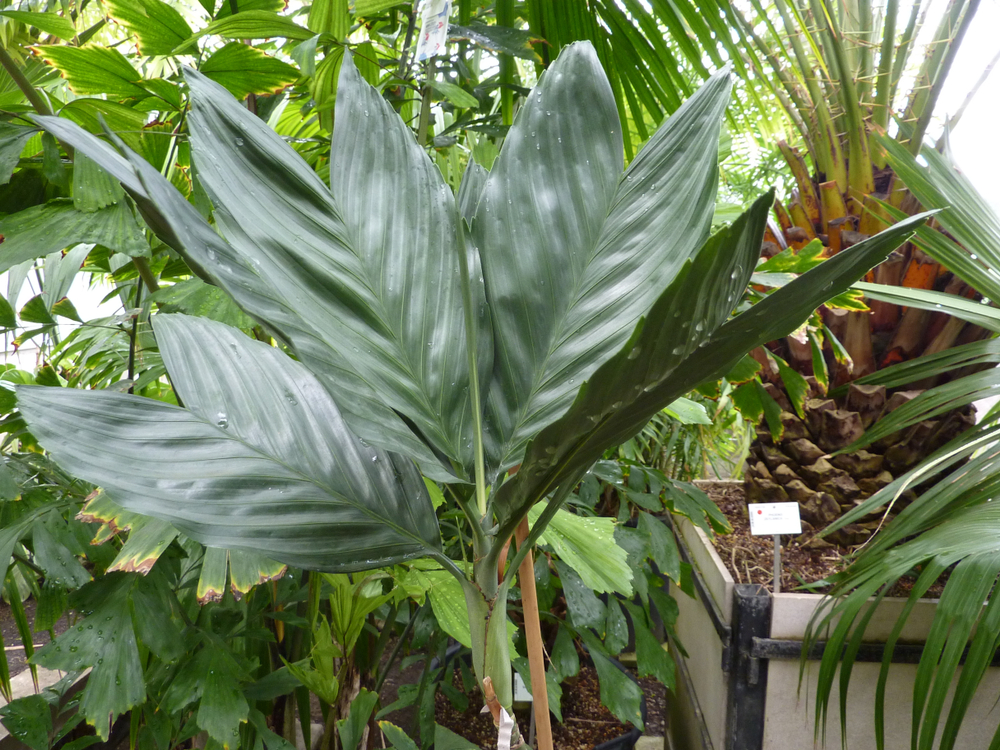
Metallica Palm is admired for its dark, metallic-green leaves that add drama to indoor spaces. It does well in low to medium indirect light, making it suitable for rooms with less natural sunlight. This palm grows between 3 and 6 feet tall indoors, fitting well in small to medium rooms. Its unique foliage creates an elegant and modern look.
This palm prefers moist but well-drained soil and moderate humidity levels. It requires regular watering but should not sit in standing water. Metallica Palm is hardy and adapts well to typical indoor conditions. It is an excellent choice for those looking for a striking but easy-care plant.
Spindle Palm
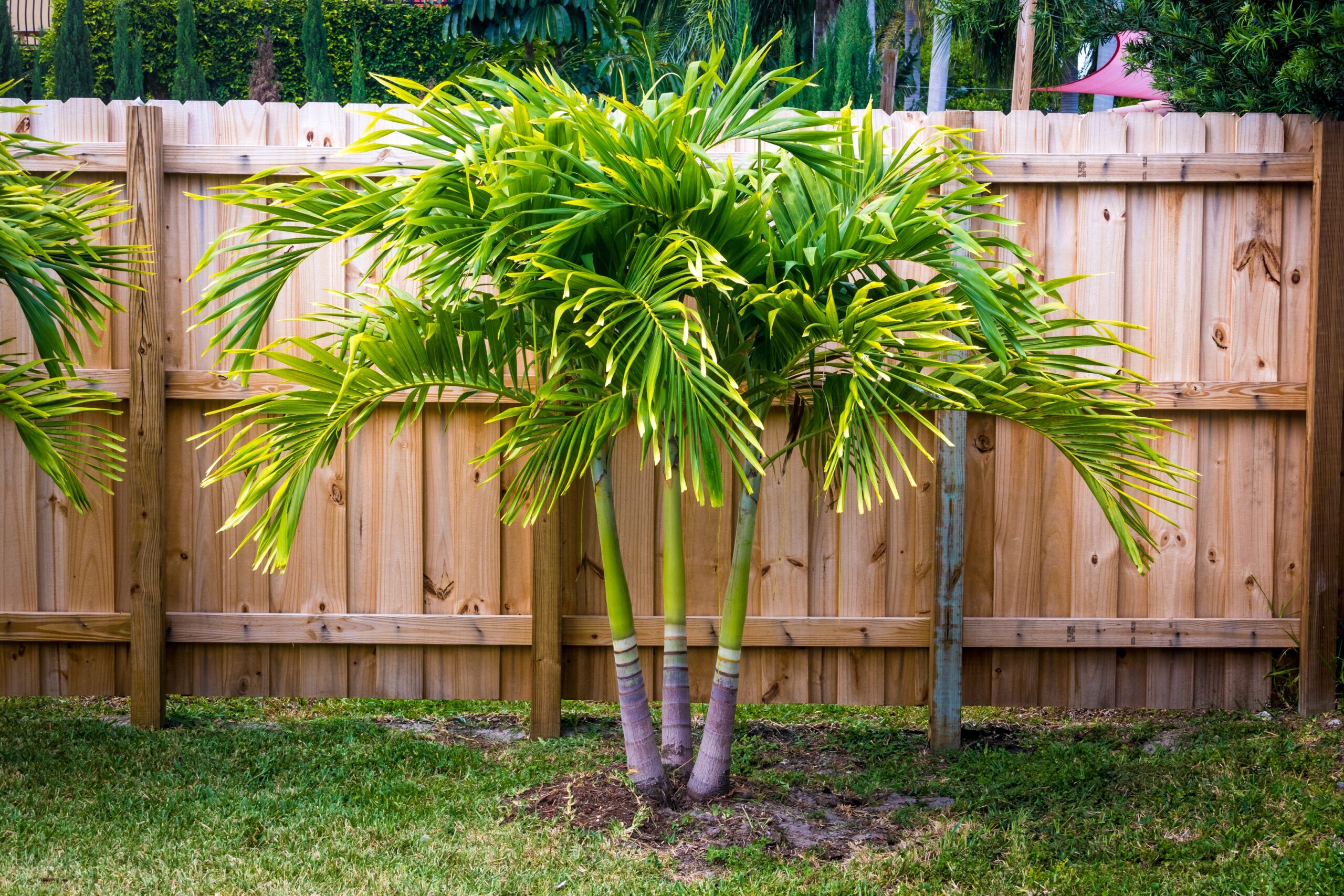
Spindle Palm is notable for its slender, spindle-shaped trunk and fine-textured leaves. It grows best in bright, indirect light but should be shielded from harsh direct sunlight indoors. This palm can reach about 6 to 8 feet tall, providing a striking vertical element to a room. Its elegant structure adds interest without overwhelming smaller spaces.
This palm prefers consistently moist soil but requires good drainage to avoid root rot. Moderate humidity is ideal, and occasional misting supports healthy growth. Spindle Palm grows slowly, which helps keep it manageable indoors. It is an excellent choice for those seeking a unique and refined palm variety.
Chinese Fan Palm
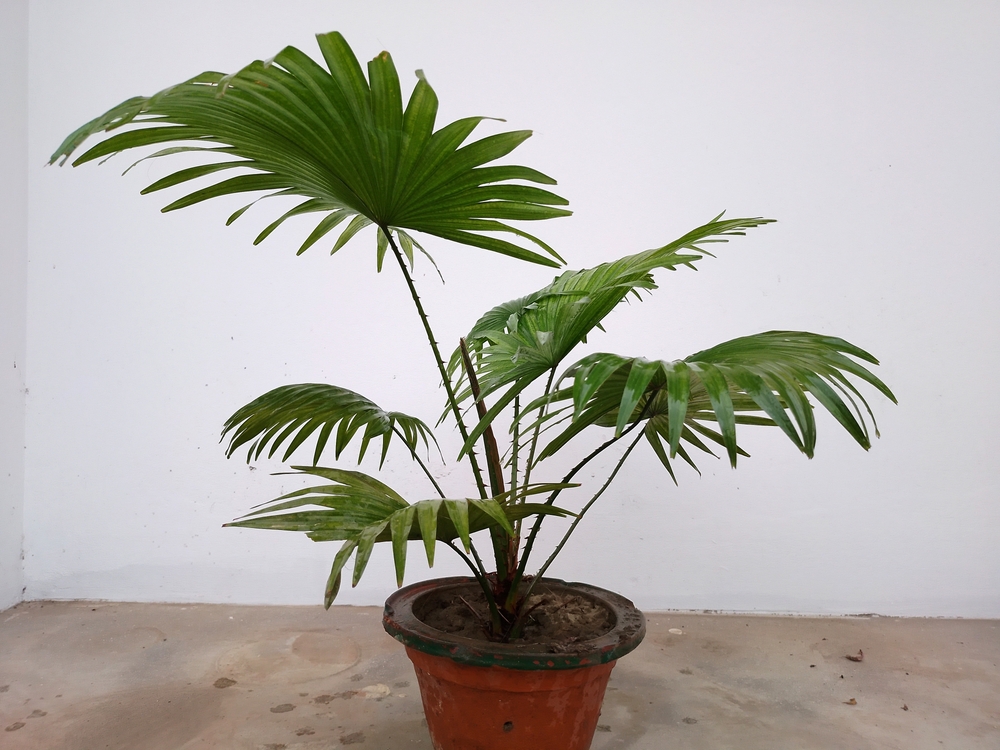
Chinese Fan Palm stands out with its large, pleated fan-shaped leaves that create a dramatic effect. It prefers bright, indirect light and can handle some direct morning or late afternoon sun. This palm typically grows 6 to 10 feet tall indoors, making it suitable for spacious rooms. Its architectural leaves bring a bold tropical touch.
This palm requires regular watering to maintain moist soil, with good drainage to avoid standing water. It thrives in moderate humidity and benefits from misting during dry periods. Chinese Fan Palm is relatively easy to care for and adds an exotic flair to interiors. It works well as a focal point in any room.
Dwarf Palmetto
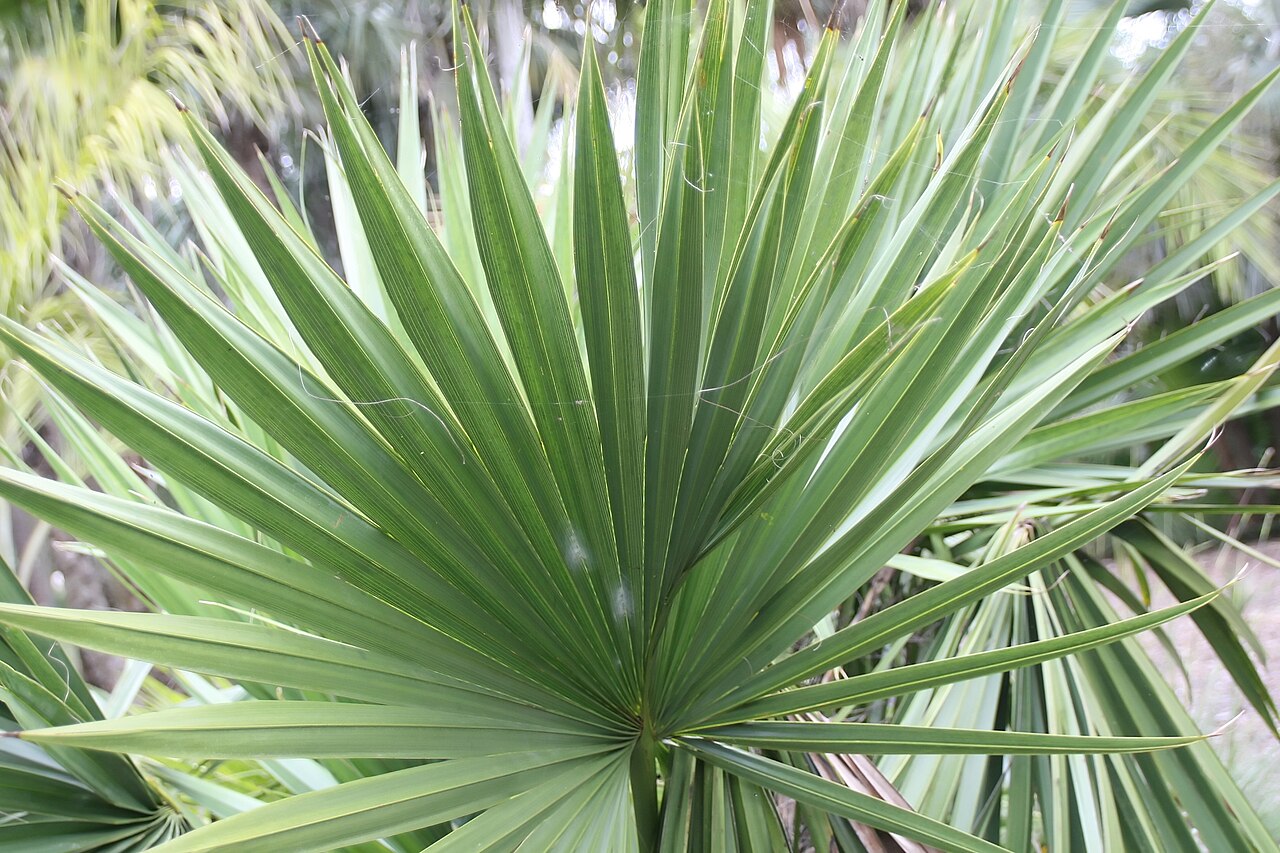
Dwarf Palmetto is an excellent choice for indoor spaces because of its compact size and hardy nature. It thrives in low to medium indirect light, which makes it suitable for rooms without much sunlight. This palm typically grows between 2 and 4 feet tall indoors, making it perfect for small corners or tabletops. Its fan-shaped leaves add a lush, tropical look without overwhelming the space.
This palm prefers well-drained soil and moderate watering, allowing the top layer to dry before watering again. It adapts well to average household humidity but benefits from occasional misting. Dwarf Palmetto is known for its resilience and low maintenance needs. It creates a calm and natural vibe that fits well with many decor styles.
Florida Thatch Palm
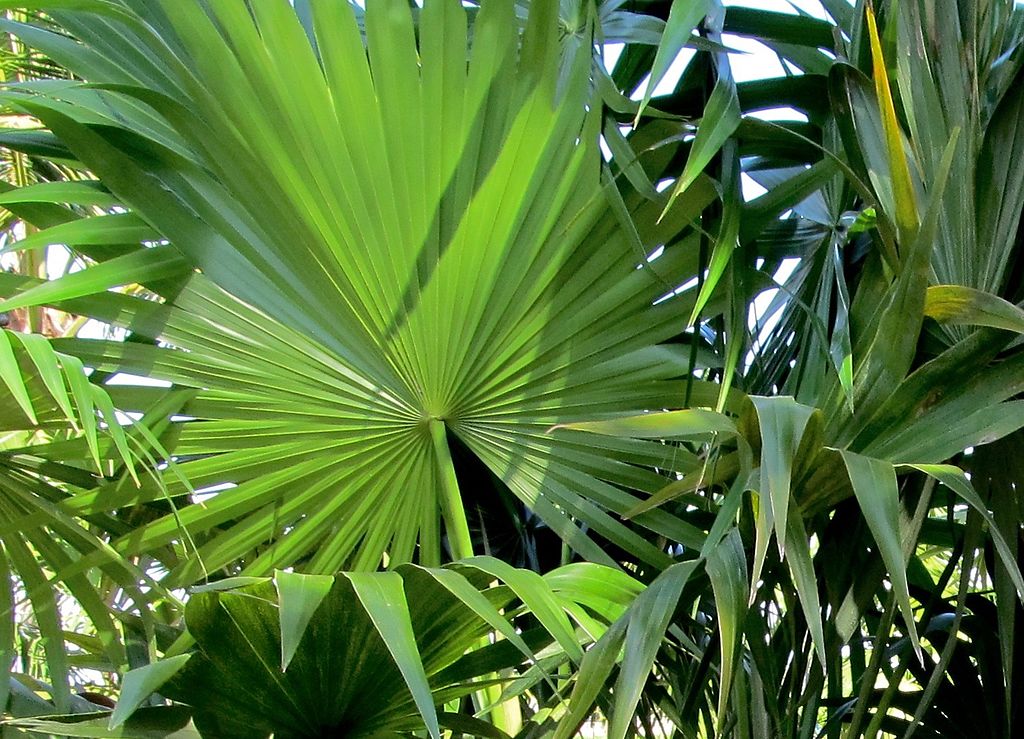
Florida Thatch Palm is valued for its distinctive, large, fan-like leaves and rugged trunk. It grows best in bright, indirect light but can tolerate some direct sunlight indoors if introduced gradually. This palm can reach around 6 to 10 feet tall inside, making it ideal for larger rooms or open spaces. Its bold foliage creates a strong tropical statement that draws attention.
This palm requires regular watering and prefers soil that drains well to prevent root problems. It thrives in moderate to high humidity, so misting can help keep it healthy. Florida Thatch Palm grows steadily but needs space due to its size and leaf spread. It adds texture and character, bringing an exotic feel to your indoor garden.
This article originally appeared on Avocadu.
